Sloped Ceilings? These Wall Treatments Make Them Work for You
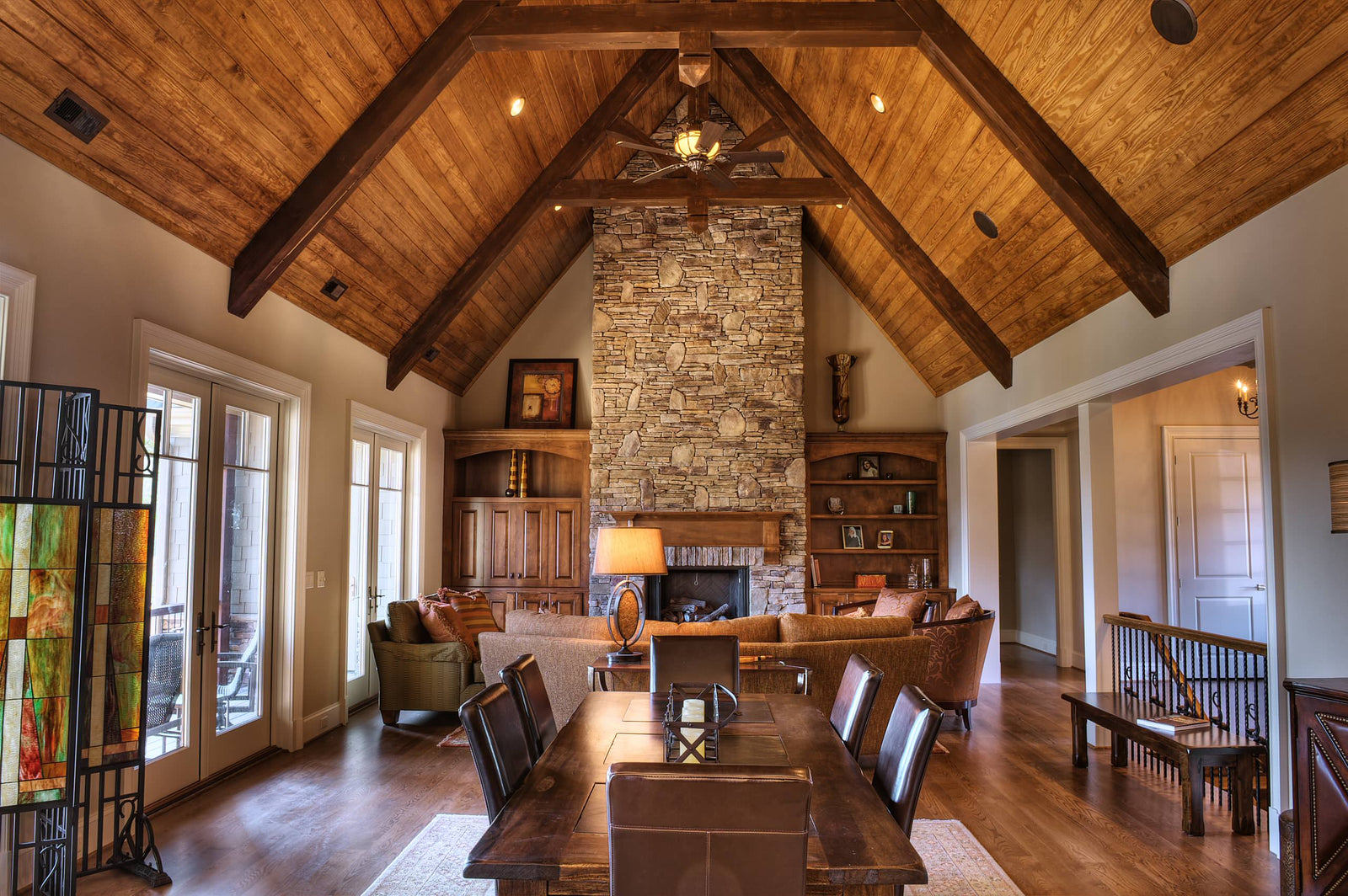
Sloped ceilings can be tough to work with.
They mess with symmetry, throw off furniture placement, and often just get ignored. Most people don’t know what to do with them, so they paint them white and hope they fade into the background.
But there’s a better way. With the right design choices, a sloped ceiling can actually add structure and visual interest to a room.
This blog breaks down simple treatments that help define the angle, bring balance, and turn an awkward slope into a standout feature. From vertical trim to v-groove panels, here’s how to make a sloped ceiling work for you.
Why Sloped Ceilings Often Feel Unfinished
Most sloped ceilings get overlooked. They’re usually just drywall and paint, with no real framing or visual cue to tie them into the rest of the room. That’s part of why they often feel like something’s missing.
The angled shape creates visual tension, especially if there’s nothing helping it flow with the walls or furniture. Without structure or detail, the slope just kind of… floats.
It’s not grounded. And with poor lighting or mismatched furniture layout, the slope ends up feeling even more out of sync. Fixing that starts with adding through lines, texture, or contrast.
Use V-Groove Panels to Highlight Angles, Not Hide Them
What They Are and Why They Work
V-groove panels are grooved wood boards that give you a clean, vertical line. They add subtle texture without being bulky, which is ideal for sloped ceilings where space is tight. The grooves help guide the eye upward, which emphasizes ceiling height instead of hiding it.
How to Use Them on Sloped Surfaces
The best way to install v-groove panels on a sloped ceiling is vertically, from the top of the slope down to the wall. This creates a seamless line and makes the ceiling feel taller. If you want to get more creative, you can also run them at an angle to follow the slope. Either way, they add much-needed structure.
Style Options and Finish Ideas
You’ve got flexibility with finishes. You can go classic with white paint for a clean look, or go bold with a dark green, navy, or even black to create drama. Natural wood v-groove panels work well in rustic or modern settings and bring warmth into the space.
Add Warmth and Texture with Wood Slat Panels
Why They’re a Strong Option
If you prefer something a little richer in tone and texture, wood slat panels are another great way to treat walls beneath a sloped ceiling. They’re especially helpful in echo-prone rooms or open lofts because they absorb sound and bring warmth.
Where to Place Them
They work best on the vertical wall that the slope connects to, like the upper half of a gable wall or the wall above a bed. This adds grounding and helps frame the slope, giving the whole area a more finished look.
Product Tips and Installation Notes
You can use preassembled panels with felt backing, which makes for easier installs and a more modern look. If you want something more custom, individual wood slats installed onsite give you more control over spacing and material type. Try vertical orientation here too, so the ceiling still feels connected.
Use Color Blocking to Visually Anchor the Room
Using Paint or Limewash for Structure
Don’t underestimate what a simple paint job can do. Instead of painting everything the same color, use color blocking to define the slope and give it purpose. Painting the slope white and the walls below in a darker tone, like olive, charcoal, or navy, helps create visual boundaries.
Creating Flow and Balance
A ceiling-to-wall paint transition using a single shade from slope to wall can give the room a wrapped, cozy feel. It’s a good option for minimalist or modern spaces where you want the slope to blend in instead of contrast.
Frame the Angle with Trim or Built-In Detail
Add Structure with Trim or Battens
Trim is an easy, low-commitment way to define the sloped ceiling. Batten strips or molding can outline the angle or break up the shape without needing to panel the whole thing.
Where This Works Best
In reading nooks, small attics, or tight corners, just a bit of trim can make the slope feel thought-out instead of awkward. Paint the trim in a color that blends with the wall, or contrast it slightly to give it a bit of depth without overdoing the space.
Mix Materials for a Custom, Built-In Look
Why Mixing Works
Combining materials adds visual layers, which makes any space feel more custom. It also helps the slope feel like part of the room, not an afterthought.
Pairing Suggestions
Try combining:
-
V-groove panels on the ceiling
-
Wood slats or painted panels on the vertical wall
-
Trim around windows, ledges, or built-ins
This helps smooth out transitions and gives the room a sense of intention. The key is balancing textures and tones so everything works together rather than competing.
Let the Angle Work for You, Not Against You
A sloped ceiling doesn’t have to be a design problem, it just needs structure. With the right wall treatments, even an awkward angle can become one of your room’s best features.
Whether you’re framing it with trim, adding v-groove panels for height, or using wood slats for warmth, the slope becomes a tool you can work with, not a distraction.
From warm wood accents to clean-lined v-groove panels, these treatments help turn any sloped ceiling into a standout design element.
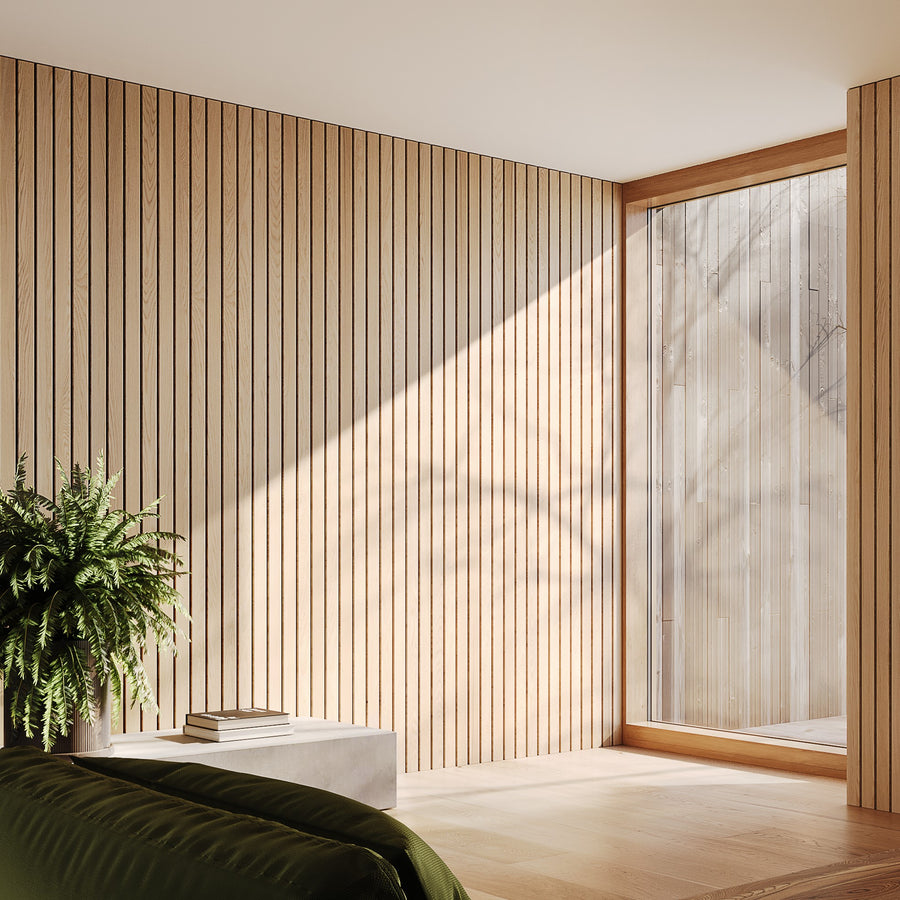
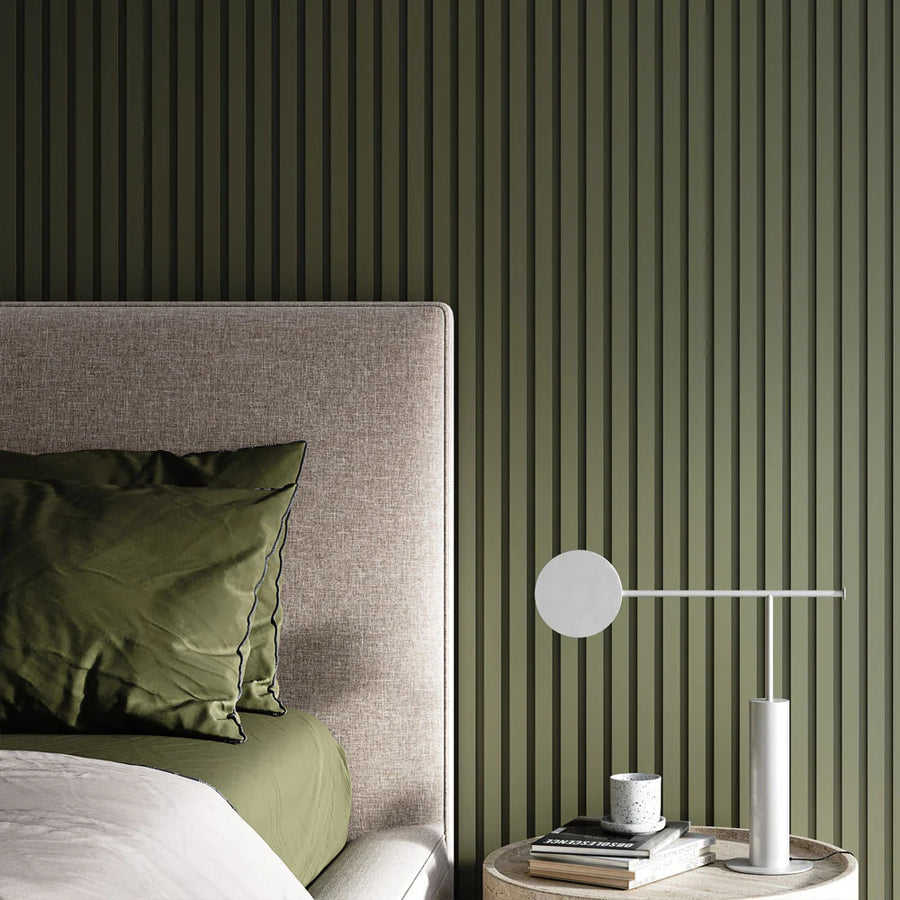
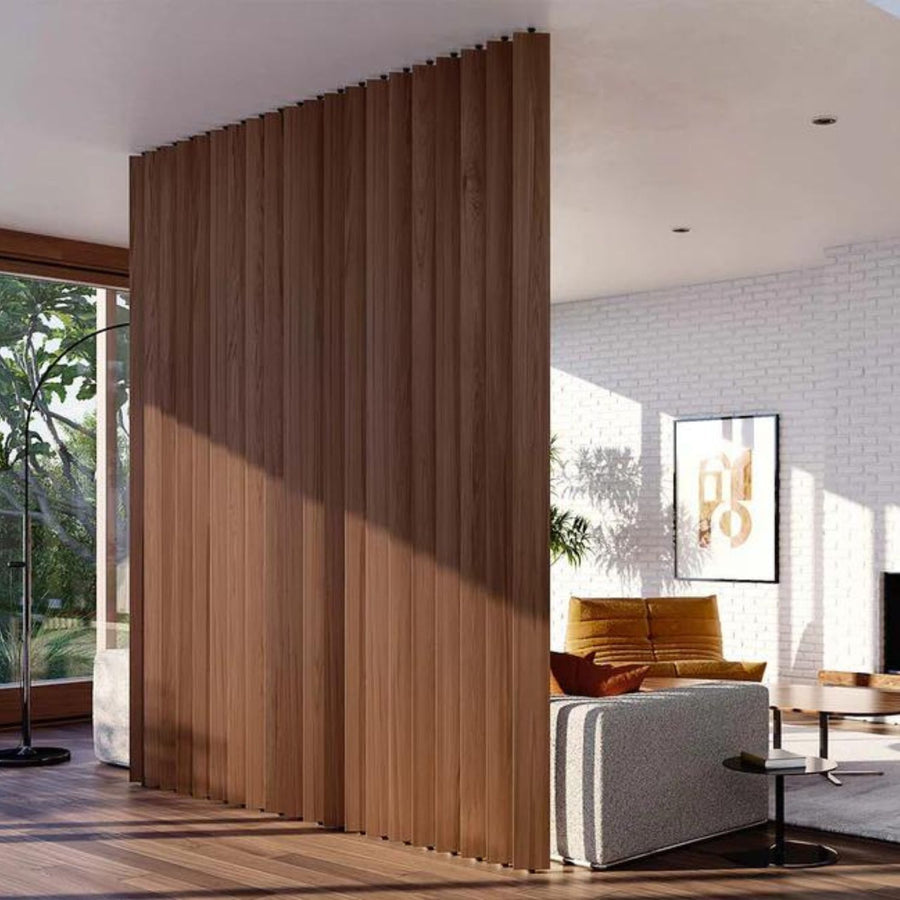
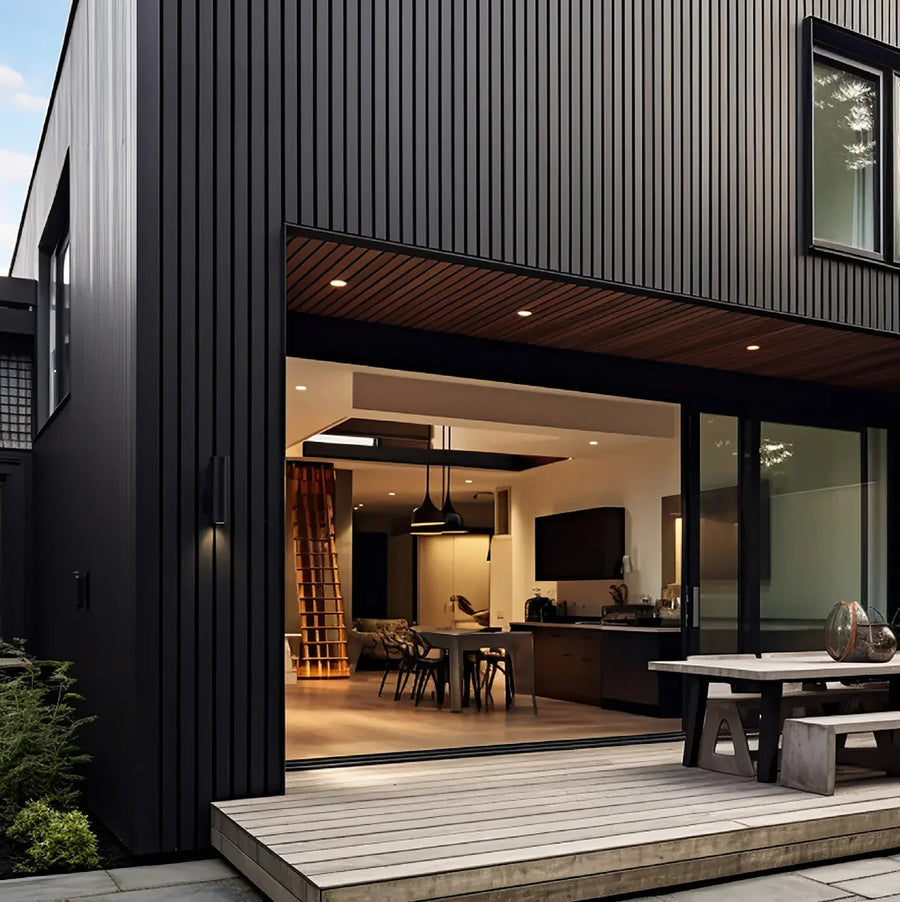
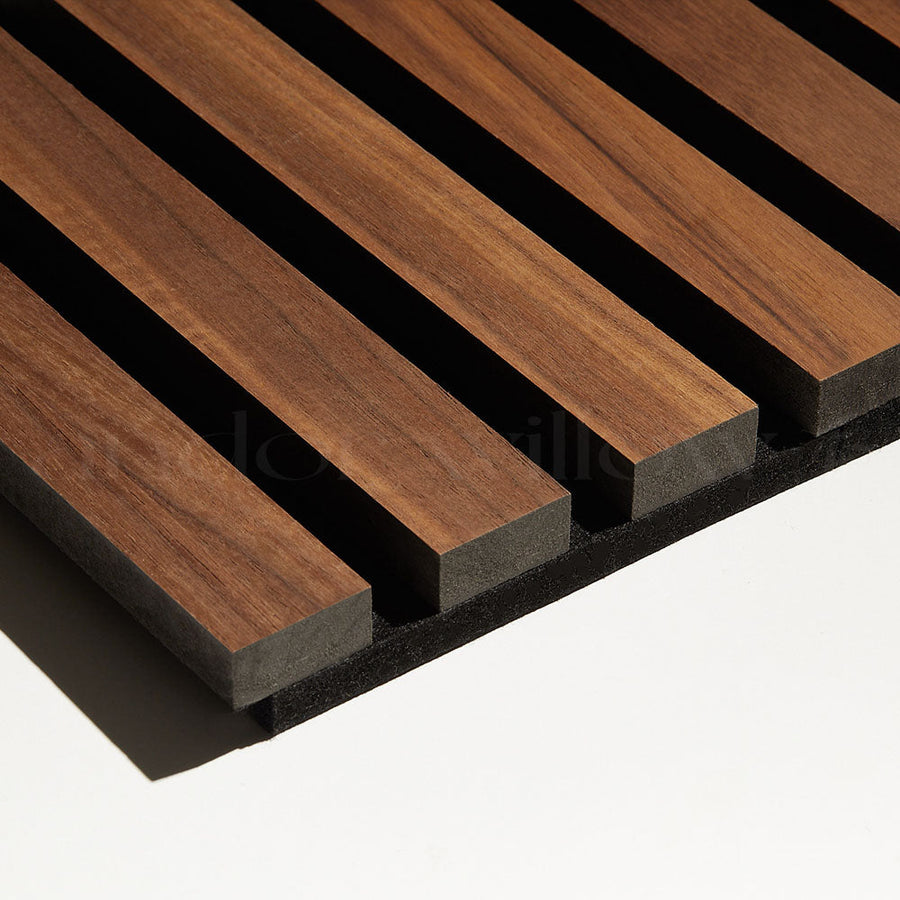
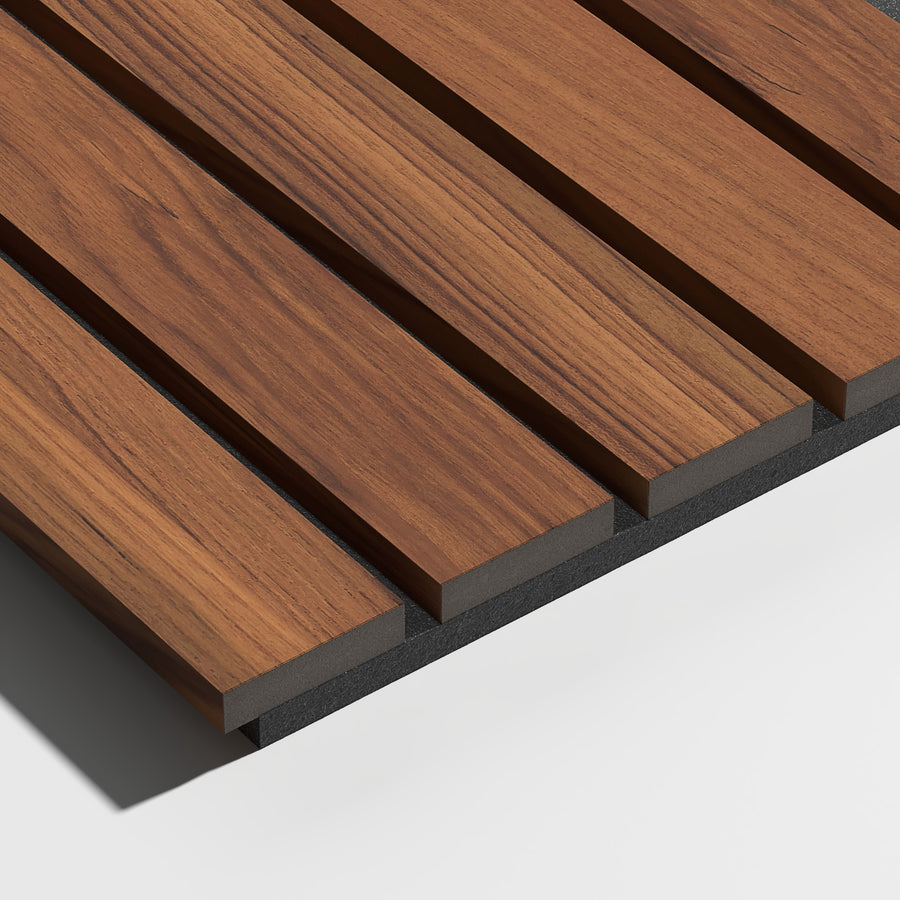


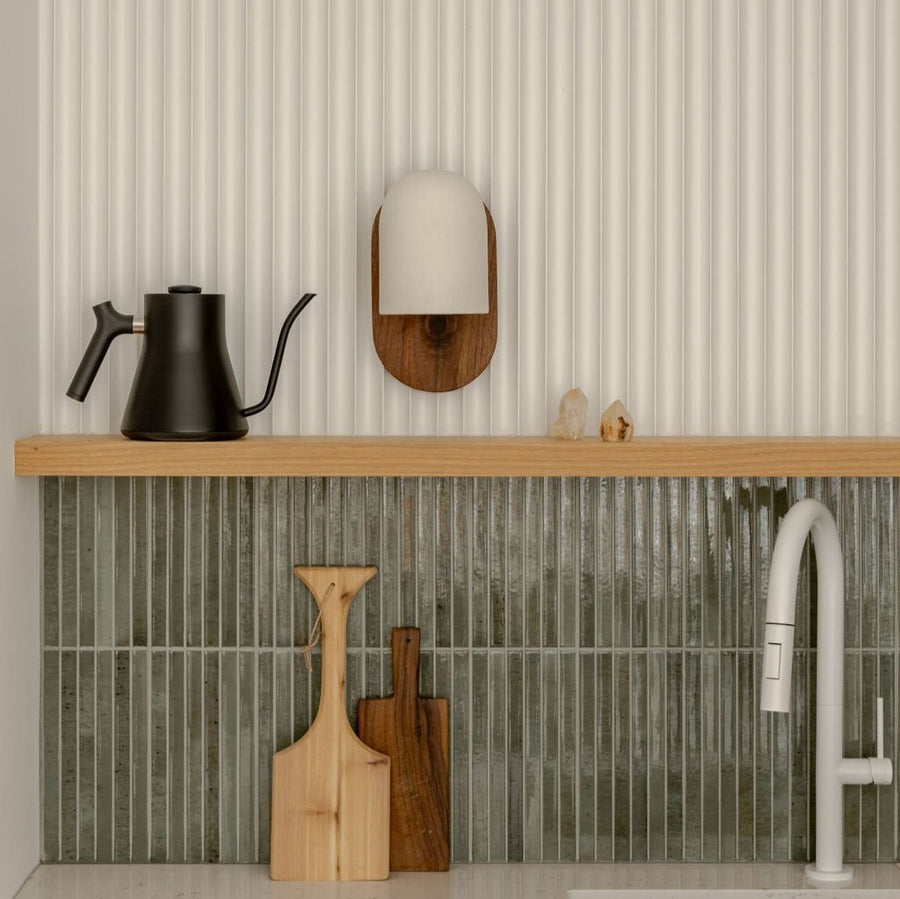
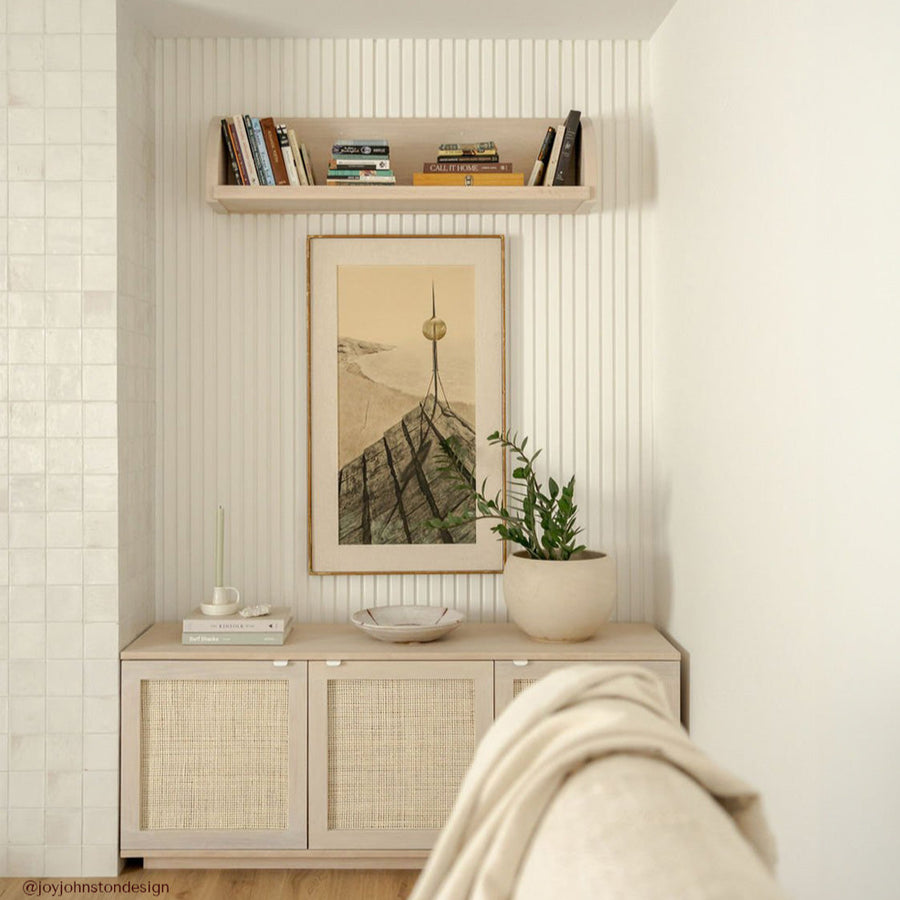
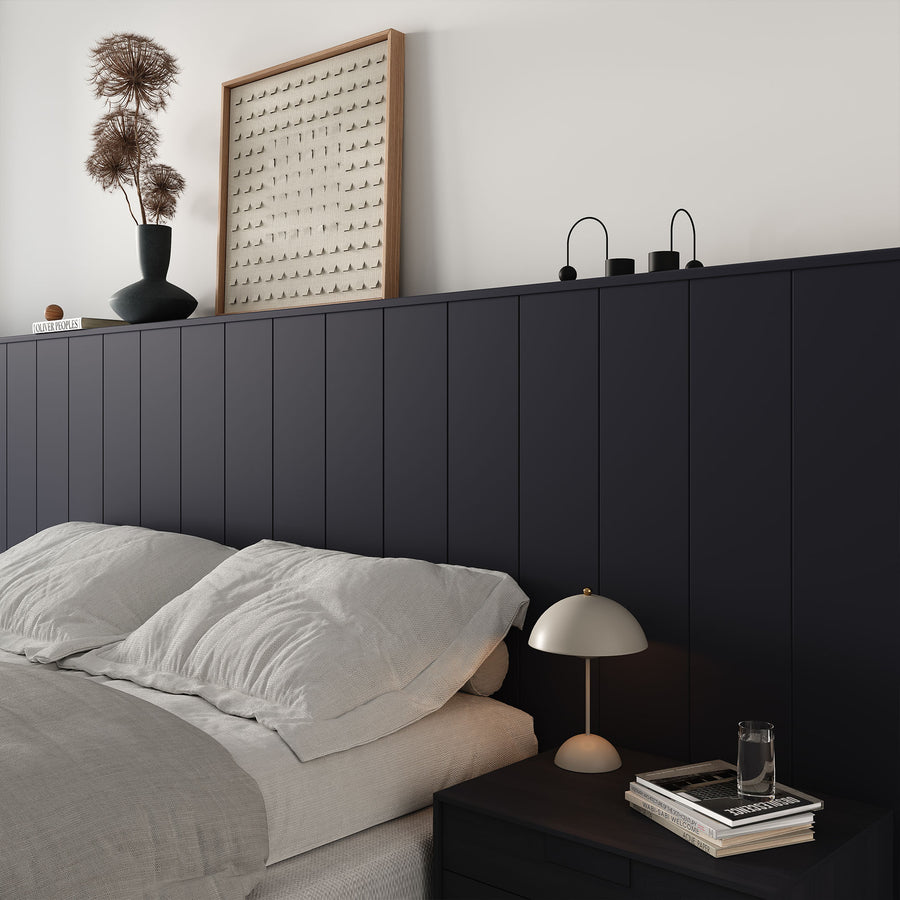
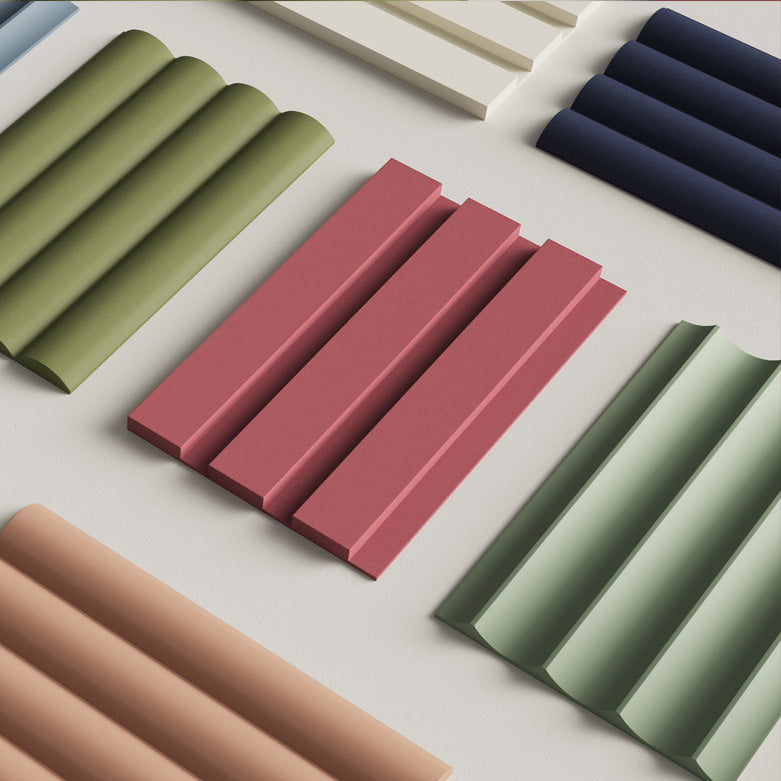














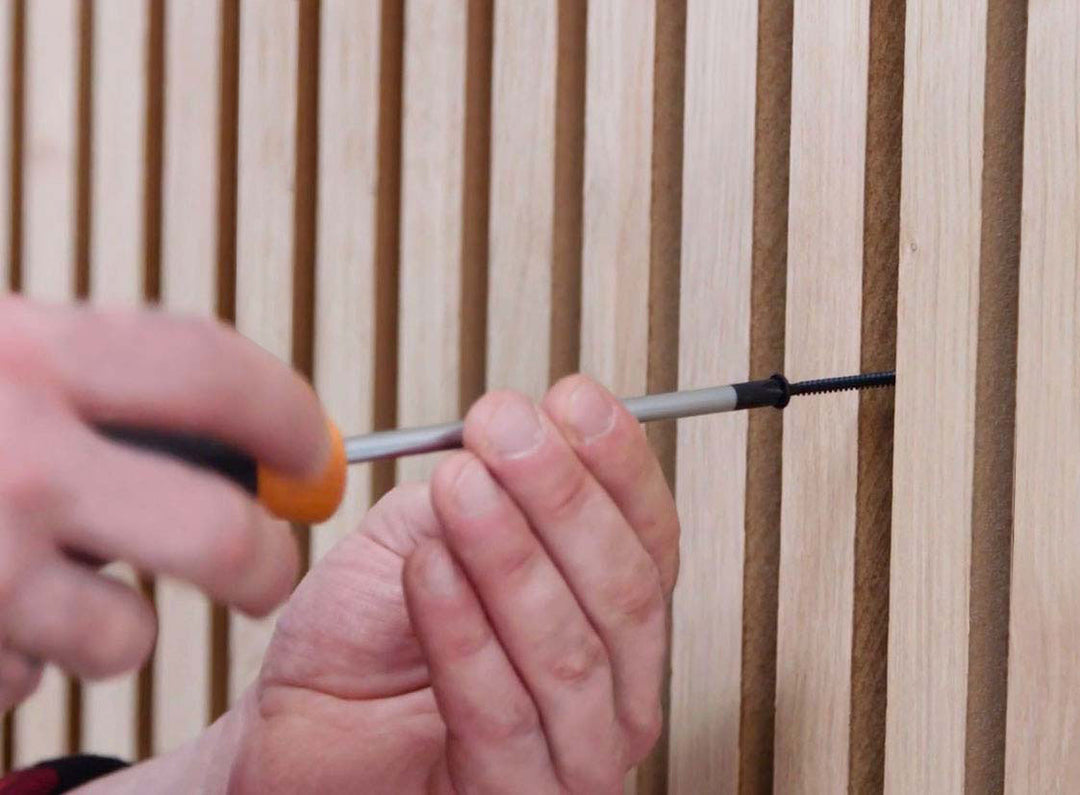

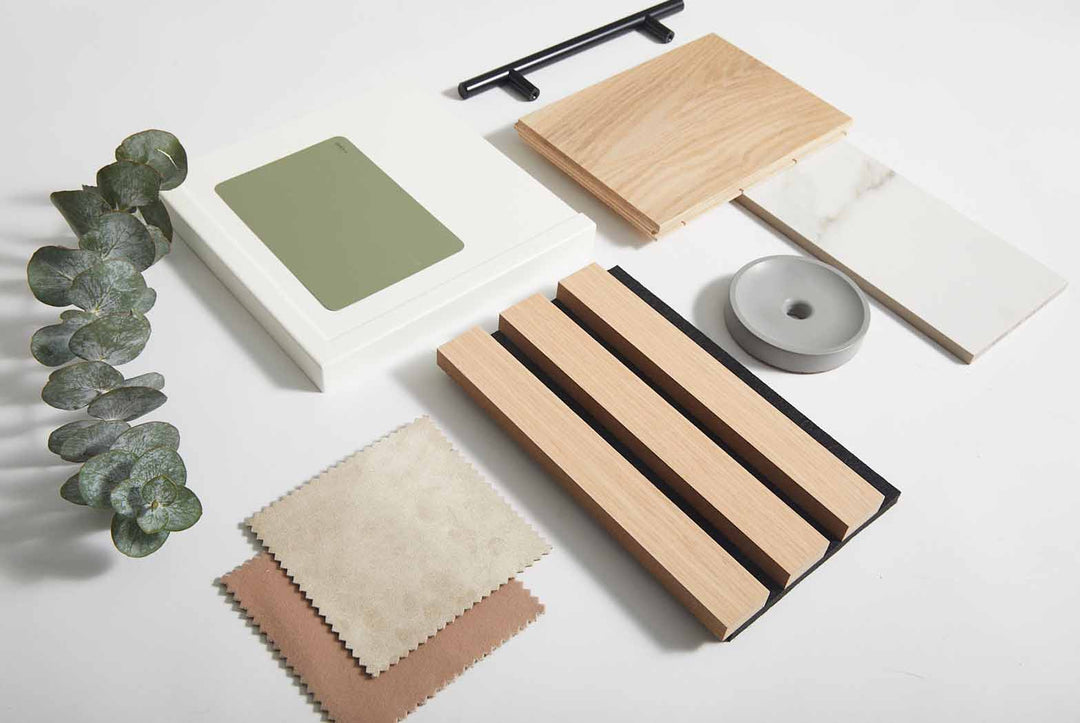











Leave a comment